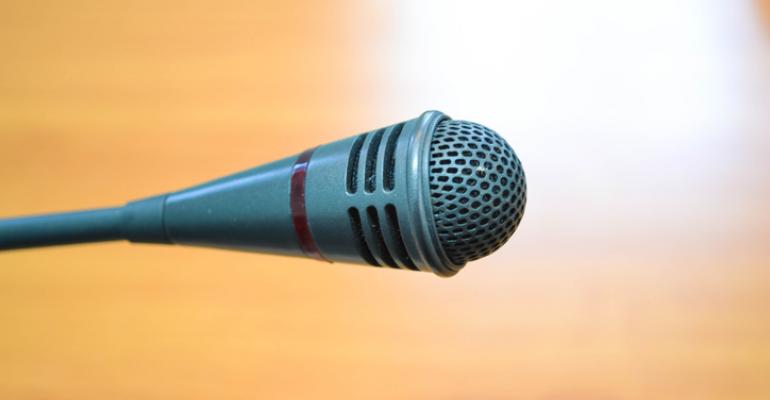Panels can be droning, painful exercises in ego-fluffing. When they feature overbearing panelists who commandeer the discussion, they can actually disengage the audience by ignoring them altogether. Panels, in the words of author, speaker, and panel-improvement evangelist Kristin Arnold, can be “horrid.” But they don’t have to be.
Worst Crimes
So how do we loathe panels? It turns out there are 10 main ways that these sessions go wrong, according to this survey.
10. Too many panelists. The optimal number, Arnold says, is three or four—four is best if you are concerned that one may drop out.
9. Poor time management
8. A panel discussion that isn’t actually a conversation. Especially painful is the hot-potato moderator who asks each panelist the same question. By time the third and fourth panelist answers, they’re straining to come up with something interesting that hasn’t already been said.
7. A panel that goes off-topic or has no real point
6. No audience engagement
5. Ego and self-promotion
4. Out-of-control panelists
3. Unprepared moderator and panelists
2. Dominating panelists
1. An ineffective moderator
5 Panel-Improvement Tips
Tip #1. You need a really strong moderator. It’s not enough to have a great content expert; you need someone who can ask insightful questions, engage all the panelists equally, gracefully short-circuit stage hogs, and bring in the audience. Of course, if you can hire a professional, so much the better, but the job, Arnold says, is “all about asking good questions.”
Tip #2: Make sure your topic is spicy. If you don’t have a juicy issue, you run the risk of having your panelists nodding their heads at each other. Boring!
Tip #3: Change up the room set to one that is amenable to conversation and interaction. Instead of the usual draped table, think about putting speakers on bar stools, comfortable chairs, or couches with coffee tables. Just make sure that the panelists have somewhere to put their water glasses, and that the seating isn't hazardous for dress-wearing female speakers.
Tip #4: Mic panelists and test the sound ahead of time. Consider using headset mics that follow the speakers' head movements so they can't turn away and lose amplification. Do just have one hand-held mic that panelists pass down the line.
Tip #5: Include the audience in the action—you should engage them in some way every six minutes! Arnold has these suggestions:
• Hand out red and green flags that the panelists invite people to wave to signal agreement or disagreement at regular intervals.
• Take a poll. You can do it high-tech using an app or ARS, or go low tech by asking for a show of hands or having them stand up or sit down.
• Ask about takeaways as the session progresses instead of just at the end.





